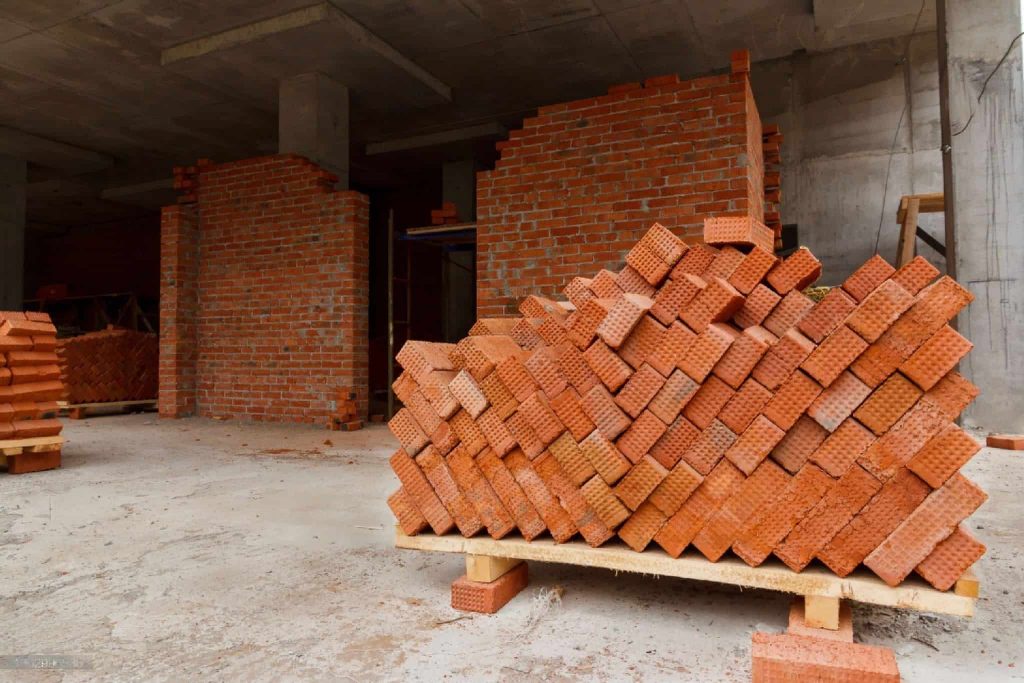The design of buildings must be able to withstand the forceful forces generated by seismic movements. The ductile material of steel, as well as other types are preferred because they enable buildings to bend in lieu of breaking.
Shear walls, diaphragms and cross braces are revolutionary technology that help distribute force within an structure in the event of a shake. Other technology such as moment-resistant frames permit beams and columns to bend with their joints remaining flexible, allowing them to help absorb the energy of seismic vibrations.
Improving Structural Integrity and Strength in Seismic Zones
Flexibleness is a key consideration when building in seismic areas. Wood, steel and concrete all have greater flexibility over unreinforced brick walls that tend to fail under stress and may not be suitable to be used in earthquake-resistant buildings. A light roof structure could reduce the amount of stress on a house during an earthquake.
Various design techniques and new techniques can help strengthen buildings that are earthquake resistant. Cross bracing is a way to transmit seismic waves from walls and floors directly onto the ground. Damping systems, also known as energy dissipation devices are inserted between a structure’s foundation and the ground to isolate the structure from vibrational forces.
Scientists are currently working on novel varieties of material that will help improve seismic resistance in constructions, like the shape memory alloys of metal that maintain their form when stressed and carbon-fiber wraps for structural elements that help strengthen them. A team from the University of British Columbia has made a cementitious fiber-reinforced composite that can enhance existing brick and concrete structures by applying a thin layer of the material.

Materials Common to Buildings Resistant to Earthquakes
When building in seismic zones Engineers and architects suggest making use of construction materials that are innately earthquake resistant. It is possible to retrofit existing structures, or to construct new ones from the right materials and designs. designed to withstand earthquakes.
The standard recommendation is to build with concrete and steel. Their ductility permits them to be bent and absorb the energy caused by earthquakes, instead of allowing it to break the structure, and potentially crushing those inside.
The wood and the foam are good gia xi mang trang materials for a building for their resistance. They are typically used for a method known as “base isolation” which is a method of separating the building from its foundation with the help of runners or springs to permit the building to be moved, yet not put stress on the base of the structure. Another method of enhancing seismic resistance include shear walls, cross braces as well as diaphragms which spread the force of shaking throughout the building’s structure.
Strategies for Seismic Resilience within Construction
In addition to constructing buildings that are made of more robust materials engineers are also incorporating other strategies into the design of seismic-resistant structures and houses. Like diaphragms installed into floors and roofs to distribute force to the sides, assist in absorption of seismic energy.
A second recommendation is to construct structures by using parts that are made of materials that are ductile, and which may deform without causing structural damage when an earthquake occurs. The ductile parts, generally made of steel can absorb seismic vibrations by absorbing and then distributing their energy.
Engineers have also been testing durable building materials, such as hard, sticky fibres like mussels as well as Bamboo. They’re also testing 3-D printed designs that interlock for a flexible, seismic-resistant structure. Researchers from the University of British Columbia have come up with a fibre reinforced concrete named eco-friendly ductile ductile cementitious material (EDCC), which is more malleable and ductile than regular reinforced concrete. It is able to transform its form under pressure and could be used to make seismic-resistant walls, floors and ceilings.
The importance of building materials that are seismic resistant
Areas that are susceptible to earthquakes run a substantial chance of being struck, but structures can be made stronger and safer against this natural disaster. To make structures more earthquake resistant, many methods involve redirecting or decreasing the force of seismic wave. Like, for instance, a ductile-cementitious composite is a good choice to increase the strength of concrete or make bricks more resistant to stresses on the horizontal.
Other methods include using shear walls to transfer vibratory energy, cross bracing that can limit lateral forces and even designing floors to act as diaphragms that absorb energy and disperse it in strong vertical pieces. A moment-resisting frame is another important part of strengthening the structure so that it will not fall during a seismic event.
Though the common belief was once that the heavier the building was, the stronger it could withstand an earthquake but new methods of construction have shown this isn’t necessarily accurate. Steel, as well as other lightweight materials are more resilient to earthquakes than concrete or bricks. They also tend to be more malleable and can change their shape when an earthquake occurs.

